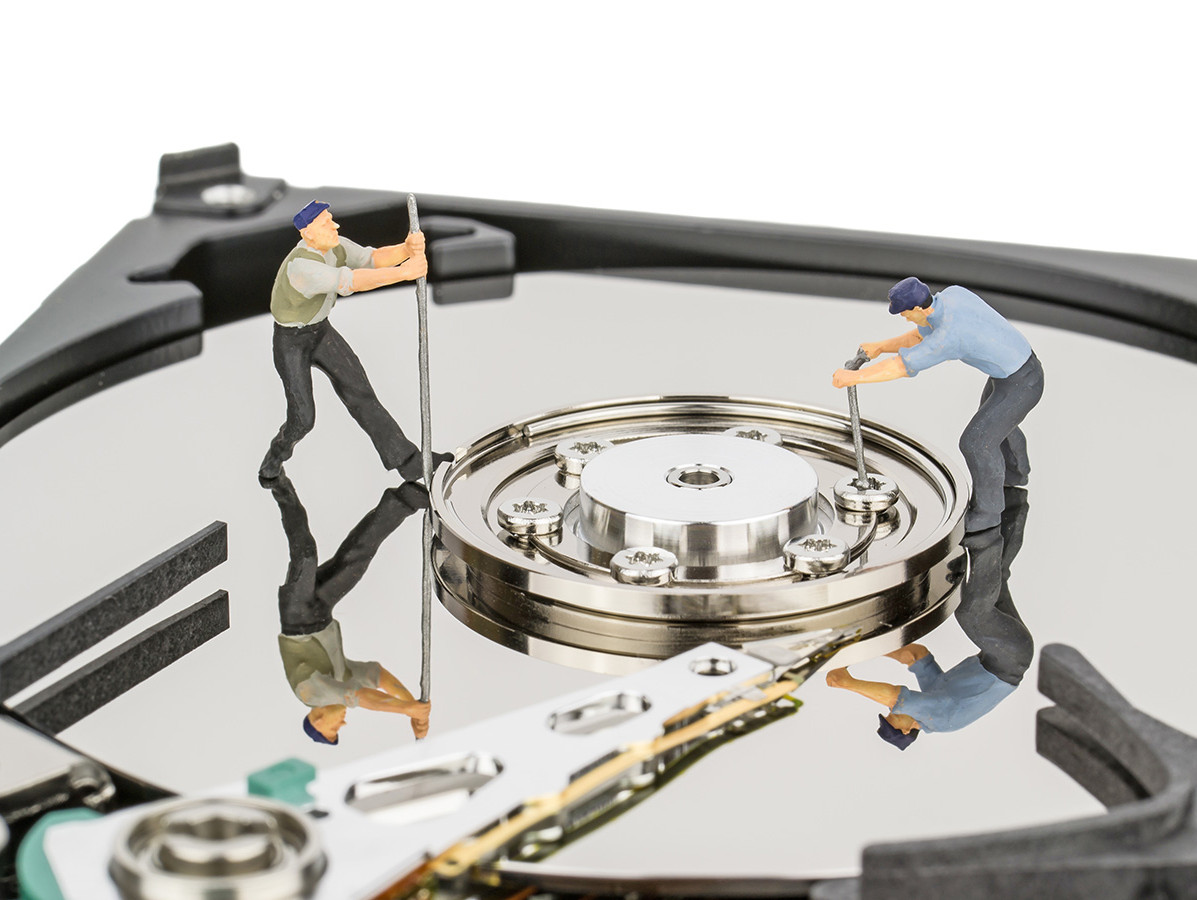
Robotising and broadly digitising businesses has a down side: cyber risks are on the rise. At 1 in 5, the risk of a cyber attack is many times higher than the risk of fire (1 in 8,000) or burglary (1 in 250). Yet mitigating those risks is far from getting the attention it deserves.
Rabobank, together with their knowledge partner Startlife, organised a 'deep dive' session on the topic of 'robotisation in food'. During this interactive knowledge session, they tried to surface what stops agri-food entrepreneurs from investing in robotisation.
Cybercriminals regularly infect computers with ransomware or lock down the IT system and demand a ransom to undo it. Yet only a small proportion of these stories eventually get out. Most attacks are on SMEs and the consequences can be huge. Besides the reputational damage, the operational damage can even lead to (part of) the attacked company going out of business. On average, a cyber incident costs a company around €300,000. In many companies, we see that there is often a lack of time, knowledge and capacity to secure the company against cybercrime or too much reliance on the IT supplier to prevent it. At the same time, we see that many companies in the (food processing) industry often work with specific, operational techniques and systems. These specific systems are often years old, costly to continuously update and therefore particularly sensitive to hacks.
Besides the question of whether the technology is up-to-date and sufficiently secured, it is also important that the organisation around cybersecurity is in order. The right culture with sufficient knowledge about the risks among all employees is the basis. Cyber resilience ultimately stands or falls with people's behaviour. Training is therefore very important. The subject should come up again and again during work meetings, partly because new risks are constantly emerging. It requires a structural, strategic approach from management. Therefore, it is important to have a picture of where and with whom data is collected and exchanged. This is often also with external parties, such as customers and suppliers. Make good agreements on data security with them. And also think about the measures you take if you are hacked. Which experts should be called in? What are the consequences if production has to be stopped? How do you communicate to employees and customers? In short; there is quite a lot you need to do as a company to properly oversee and mitigate risks. After taking all the basic measures, you can consider getting cyber insurance. This covers the financial consequences and operational risks of a cyber incident. Most cyber insurance policies provide cover for preventive scans, first aid in case of a cyber incident, data recovery, loss of revenue and the necessary costs to mitigate the damage, among other things.
Many robots are designed and set up for fairly standardised production work. In the food sector, especially in fresh categories, products can vary in shape, weight and size. Take meat, for example. One carcass is not the other. The butcher's flexibility to cut the right slices wins from the robot (still).
So not all production processes in the food industry are suitable for robotisation, but that does not mean that robots cannot be used in the pre- or post-process. Think of quality control, packaging lines, palletising or the logistics of driving raw materials, semi-finished and finished products back and forth. In those areas, robots can add a lot of value.

Conditions in food production sites are often less suitable for robots. In particular, sensitivity to moisture, grease, dust and aggressive cleaning agents troubles entrepreneurs. Robots are often difficult to keep clean (hygiene) and function less at very low (freezers) or very high temperatures.
Profit margins in food are generally low compared to the capital required for robotisation. Innovations also mean that existing production lines have to be completely redesigned. This requires additional investment. Preferably, entrepreneurs want solutions that can be incorporated into existing systems and production lines.
In general, the food sector has a fairly conservative base with regard to technical innovation. Sense of urgency is not always present, while circumstances are changing rapidly, like the increasing shortage of labour and raw materials nowadays.
Working with robots requires specially trained staff, something that is difficult to find. It also requires management to change its way of managing and leading.
You can...
- speed up processes; thus saving costs;
- improve services; thus increase turnover;
- gain insights; in other words, make better decisions;
- share data faster; which helps with transparency and new business models.
For entrepreneurs, it is important to look at their own production process and ask themselves which of the above opportunities and challenges around robotisation apply to their business. Together with their partner RoboHouse, Rabobank offers a platform where entrepreneurs can explore robot technology, learn to translate bottlenecks in their business process into concepts and solutions and test the feasibility of robotisation for their business. They do this together with engineers, developers and entrepreneurs who have started working with robotics on their own. The programme ranges from gaining inspiration during demo days to exchanging knowledge through knowledge clusters to customised coaching.
Source: Vakblad Voedingsindustrie 2022